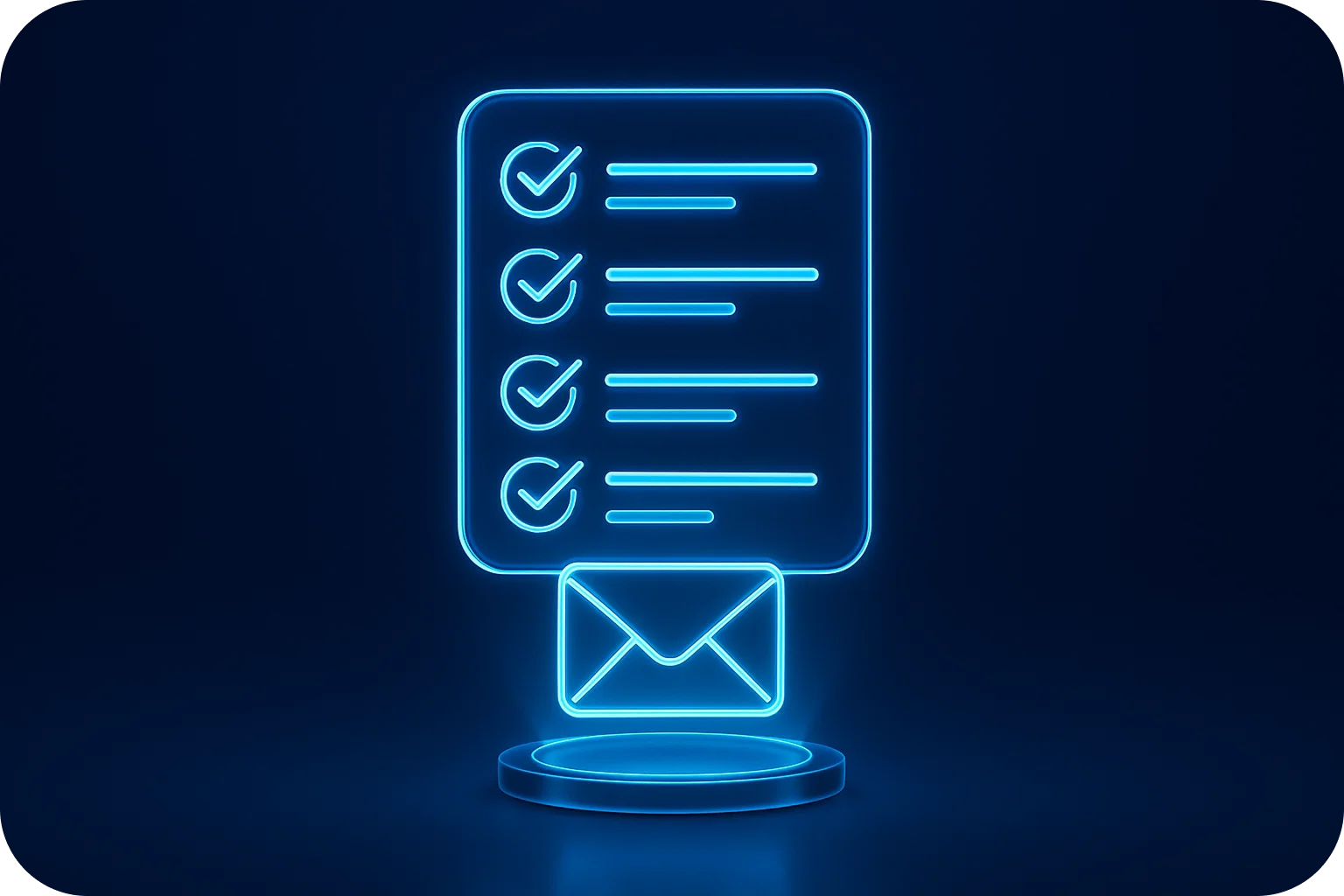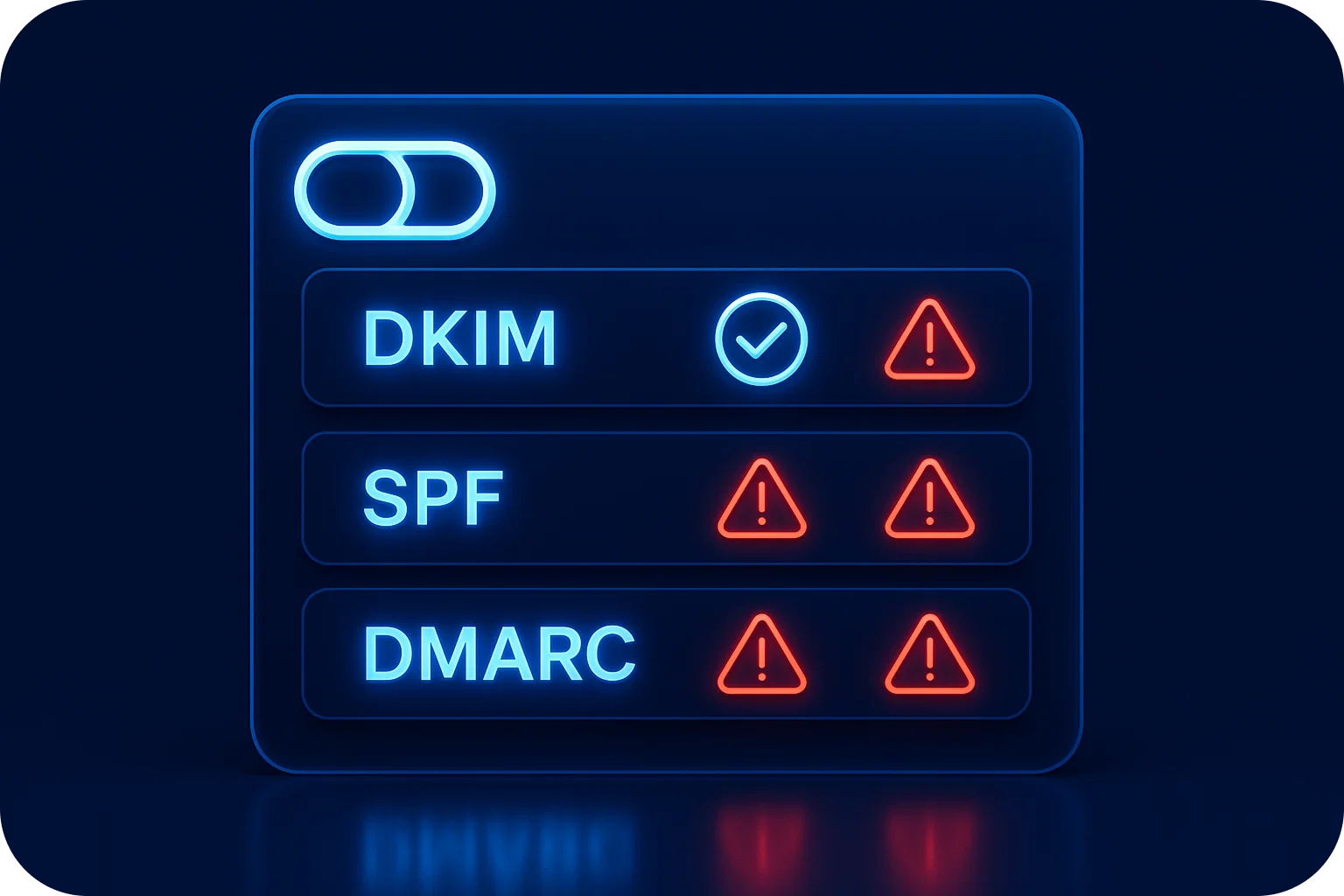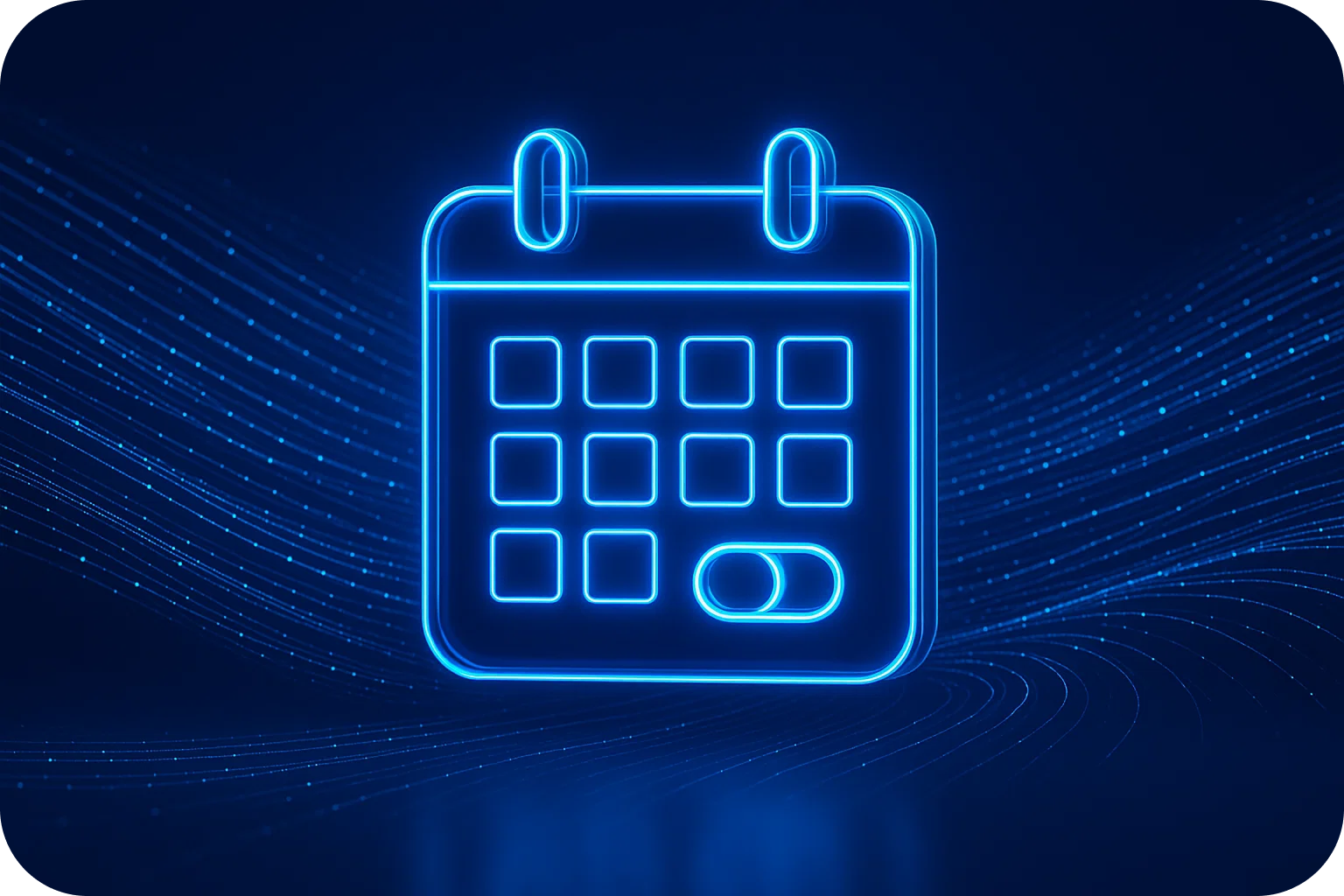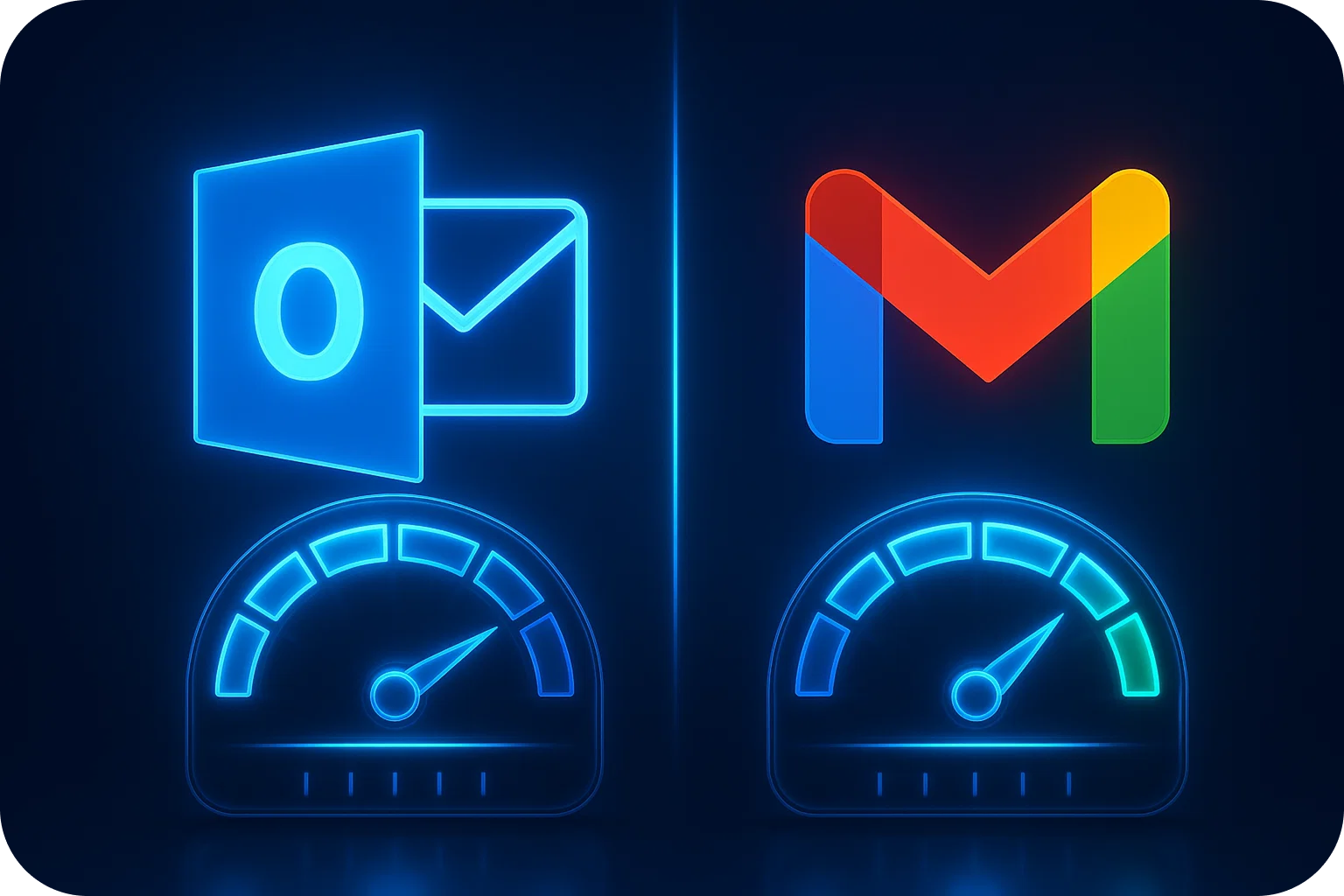Cold Email A/B Testing: The 9 Variables That Actually Move the Needle
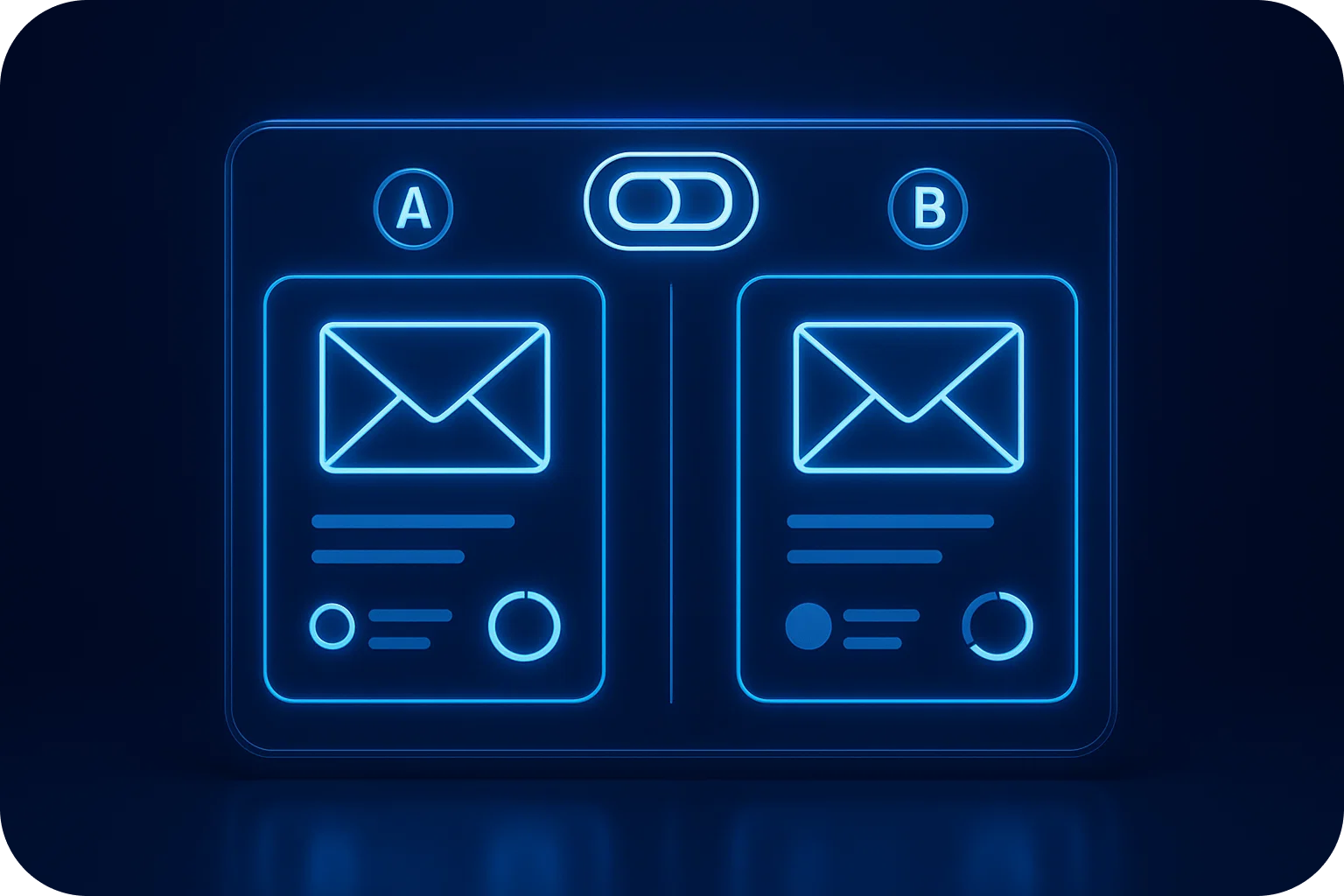
Most sales teams waste time A/B testing variables that barely impact their cold email results. They obsess over font colors and button shapes while ignoring the elements that actually drive opens, clicks, and replies.
After analyzing thousands of cold email campaigns, we've identified the nine variables that consistently move the needle on performance metrics. These are the tests worth running, the ones that can double your reply rates and transform underperforming campaigns into revenue generators.
Let's dive into the A/B testing variables that actually matter.
1. Subject Lines: Your First and Most Critical Test
Subject lines determine whether your email gets opened or ignored. This single variable can swing open rates by 30-50%, making it the highest-impact element to test.
What to test:
- Length: Short (3-5 words) vs. longer (8-12 words)
- Personalization: Generic vs. company-specific vs. role-specific
- Question format vs. statement format
- Curiosity-driven vs. value-driven approaches
- Use of numbers, brackets, or emojis
Testing framework: Run subject line tests with at least 100 emails per variant to achieve statistical significance. Track open rates as your primary metric, but also monitor reply rates; sometimes lower open rates correlate with higher-quality opens.
Pro tip: Avoid spam trigger words like "free," "guarantee," or "limited time." These tanks deliverability before your subject line even gets a chance to perform.
2. Email Length: Finding Your Sweet Spot
The eternal debate: should cold emails be short and punchy or detailed and comprehensive? The answer depends on your audience, offer complexity, and sales cycle.
What to test:
- Ultra-short (50-75 words)
- Medium (100-150 words)
- Longer format (200-250 words)
Testing framework: Email length significantly impacts both read time and reply rates. Busy executives often prefer brevity, while technical buyers may need more context. Test different lengths against the same audience segment to find your optimal word count.
Key insight: Shorter isn't always better. In complex B2B sales, a well-crafted 200-word email that addresses specific pain points often outperforms a vague 50-word message.
3. Personalization Level: Beyond First Names
Basic personalization is table stakes. The real question is how deep to go and whether hyper-personalization actually improves results enough to justify the time investment.
What to test:
- No personalization (template only)
- Basic (first name, company name)
- Moderate (role-specific pain points, industry references)
- Deep (recent company news, specific challenges, mutual connections)
Testing framework: Compare reply rates and meeting booking rates across personalization levels. Calculate the time investment per email and determine your ROI threshold.
Reality check: Deep personalization can increase reply rates by 2-3x, but if it takes 10x longer to write each email, your overall output suffers. Find the personalization level that balances quality and quantity for your specific situation.
4. Value Proposition: What You Lead With Matters
Your value proposition is why someone should care about your email. Leading with different benefits can dramatically shift response rates depending on what resonates with your audience.
What to test:
- Time savings vs. cost savings vs. revenue growth
- Problem-focused vs. solution-focused messaging
- Specific metrics (e.g., "reduce churn by 23%") vs. general benefits
- Feature-led vs. outcome-led positioning
Testing framework: Keep everything else constant and only change the core value proposition. This isolates which benefit statement drives the most engagement.
Example test: "Cut your email setup time from 3 weeks to 10 minutes" vs. "Scale your cold outreach 100x without hiring more SDRs" vs. "Achieve 98% deliverability on every campaign."
5. Call-to-Action: The Commitment Level
Your CTA determines the friction level for prospects to engage. Asking for too much too soon kills reply rates; asking for too little can waste time on unqualified leads.
What to test:
- Low commitment: "Worth a quick chat?" or "Curious to learn more?"
- Medium commitment: "Open to a 15-minute call next week?"
- High commitment: "Can we schedule a 30-minute demo?"
- Question format vs. statement format
- Single CTA vs. multiple options
Testing framework: Track both reply rates and conversion quality. A low-commitment CTA might generate more replies, but if they're all "not interested" responses, you haven't gained anything.
Strategic consideration: Match your CTA to your sales cycle. Enterprise deals with 6-month cycles can afford lower-commitment CTAs. Transactional products need faster commitment.
6. Social Proof: Credibility Signals
Social proof builds trust, but the wrong type or too much, can make your email feel like a sales pitch rather than a genuine outreach.
What to test:
- No social proof vs. including proof
- Customer logos vs. testimonial quotes vs. metrics
- Similar company references vs. impressive brand names
- Placement: early in email vs. near the CTA
Testing framework: Test whether social proof increases reply rates and, more importantly, whether it improves meeting show rates and deal quality.
Warning: Overusing social proof can backfire. "We work with Google, Amazon, and Microsoft" might intimidate smaller prospects or come across as bragging. Test relevance over impressiveness.
7. Send Time: When Your Email Arrives
Send time affects both deliverability and engagement. Emails sent when inboxes are flooded get buried; emails sent at odd hours might trigger spam filters or seem automated.
What to test:
- Time of day: Early morning (6-8 am) vs. mid-morning (9-11 am) vs. afternoon (1-3 pm) vs. evening (5-7 pm)
- Day of week: Monday vs. Tuesday-Thursday vs. Friday
- Timezone considerations for distributed teams
Testing framework: Send time testing requires larger sample sizes because external factors (news events, holidays, industry cycles) can skew results. Run tests over multiple weeks to account for variability.
Industry insight: Tuesday through Thursday, 9-11 am in the recipient's timezone consistently performs well across industries. But your specific audience might differ; always test.
8. Email Structure: How You Format Information
The visual structure of your email impacts readability and engagement, especially on mobile devices, where 50%+ of emails are now opened.
What to test:
- Paragraph length: Dense blocks vs. short 1-2 sentence paragraphs
- Bullet points vs. numbered lists vs. plain paragraphs
- Use of bold, italics, or formatting
- Single-column vs. visual elements
- White space and line breaks
Testing framework: Structure tests are subtle but important. Track read time (if possible) and reply rates. Emails that are easier to scan typically perform better.
Mobile optimization: Always preview your emails on mobile devices. What looks clean on a desktop can become an overwhelming wall of text on a smartphone.
9. Sender Name: Who the Email Comes From
The sender name appears next to the subject line and heavily influences open rates. People open emails from people, not companies, but the right person matters.
What to test:
- First name only vs. full name
- Name with title (e.g., "Sarah Chen, VP Sales")
- Name with company (e.g., "Sarah from Mailpool")
- Different team members (SDR vs. executive sender)
Testing framework: Sender name tests require consistent email content to isolate the variable. Test the same email from different senders to see which generates better engagement.
Strategic note: Executive senders often get higher open rates, but if they can't handle the reply volume, you've created a bottleneck. Consider your operational capacity when choosing senders.
How to Structure Your A/B Testing Program
Now that you know what to test, here's how to run effective experiments:
1. Test one variable at a time. Multivariate testing sounds sophisticated, but unless you're sending tens of thousands of emails, you won't achieve statistical significance. Isolate single variables for clear results.
2. Establish statistical significance. Don't call a winner after 20 emails. Aim for at least 100 emails per variant, and use a significance calculator to ensure your results aren't due to chance.
3. Prioritize high-impact variables. Start with subject lines and value propositions, the variables with the biggest potential impact. Don't waste time testing minor formatting changes until you've optimized the fundamentals.
4. Document everything. Create a testing log that tracks what you tested, results, and insights. This builds institutional knowledge and prevents you from re-testing the same variables.
5. Retest periodically. Audience preferences change. What worked six months ago might not work today. Revisit your top-performing variants quarterly to ensure they're still optimal.
6. Consider your infrastructure. A/B testing only works if your emails actually reach the inbox. Poor deliverability undermines even the best-optimized emails. Ensure your email infrastructure supports high deliverability rates before investing heavily in optimization.
Common A/B Testing Mistakes to Avoid
Calling winners too early: Small sample sizes produce unreliable results. Be patient and wait for statistical significance.
Testing too many variables at once: You won't know which change drove the result. Isolate variables for clear insights.
Ignoring segment differences: What works for startups might not work for enterprises. Segment your tests by audience characteristics.
Focusing only on open rates: Opens don't pay the bills, replies and meetings do. Optimize for business outcomes, not vanity metrics.
Not testing long enough: Day-of-week effects, seasonal patterns, and external events can skew short-term results. Run tests for at least 1-2 weeks.
Putting It All Together
Cold email A/B testing isn't about perfection; it's about continuous improvement. Each test teaches you something about your audience, your messaging, and your market.
Start with the highest-impact variables: subject lines, value propositions, and email length. Once you've optimized those fundamentals, move to personalization levels, CTAs, and send timing. Structure and sender name tests come last; they matter, but they're refinements rather than transformations.
Remember that A/B testing only works when your emails reach the inbox. If deliverability issues are tanking your campaigns before prospects even see them, optimization won't help. Ensure you have solid email infrastructure, proper DNS configuration, and effective warm-up processes before investing heavily in A/B testing.
The teams that win at cold email aren't the ones with the perfect template; they're the ones who test relentlessly, learn quickly, and optimize continuously. Start testing these nine variables today, and watch your reply rates climb.
More articles
Get started now




%201.png)

